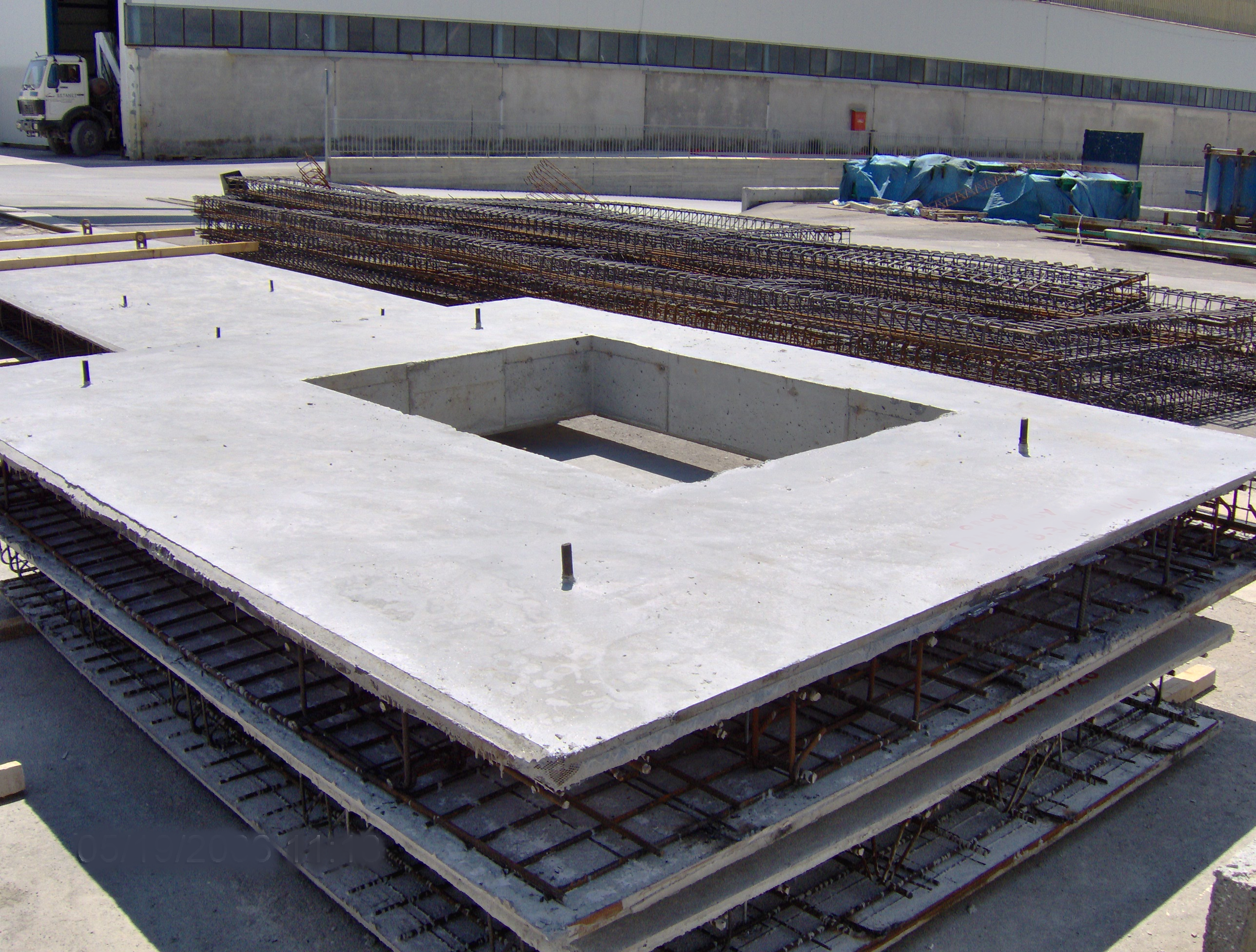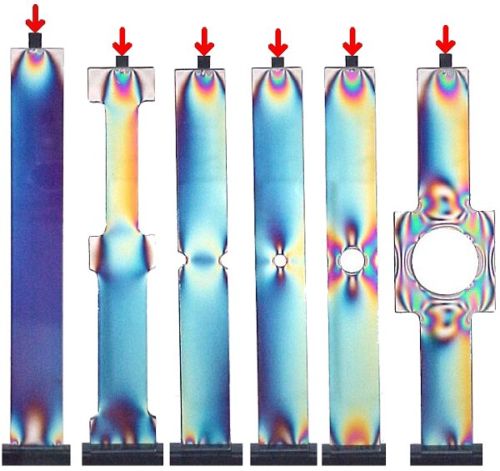| i. General knowledge regarding prefabrication: description, historical development, basic principles of prefabricationand materials, prefabrication systems, applications, definitions and stages of the production process, categories of prefabrication systems, basic layouts of the load-bearing structure of prefabricated buildings, comparisons between conventional and industrialized structures,advantages and disadvantagesof prefabrication, cost elements and aesthetics, prefabrication in Greece, problems, trends and prospects, modern developments.
ii. Technology and properties of materials used in prefabrication: Concretes of special performances (high early strength, high strength, self-levelling and self-compacting, lightweight, fiber-reinforced, texile-reinforced, architectural) prestressing steel. i. Types of structural elements and connections:floors and roofs, columns and walls, beams, foundation, stairs, force transfer mechanisms and types of connections. ii. Preliminary design considerations: basic recommendations, basic principles in earthquake regions, selection criteria for structural systems, façades. iii. Structural stability: unbraced and braced systems, floor diaphragm action, expansion joints, anchors. iv. Special aspects of structural behavior and design of precast reinforced concrete elements:causes of damage, fire resistance, durability. |
MATERIALS AND DESIGN OF PREFABRICATED ELEMENTS
| SEMESTER | 9th |
|---|---|
| eclass | https://eclass.upatras.gr/courses/CIV1548/ |
| Details | https://www.civil.upatras.gr/index.php/odhgos/ |
| Instructor | |
| LANGUAGE OF INSTRUCTION and EXAMINATIONS | Greek |
| Credits ECTS | 5 |
| Teaching Hours | 3 |
| Erasmus+ | No |
| Code | CIV_0273Α |
| The aim of the course is to educate the 5th-year students of the Department of Civil Engineering in basic concepts and principles of prefabrication of reinforced concrete structural elements including the main properties of special (targeted and/or high) performance concrete and prestressing steel used in the precast industry.
At the end of this course the student will: • know general concepts and principles of prefabrication of structural elements (and assemblages) made of reinforced concrete and will be able to distinguish the differences between a prefabricated and a conventional structure. • know the technology and properties of special (targeted and/or high) performance concretes and prestressing steel used in the precast industry and the specific fields of application of such concretes. • know the types of prefabricated reinforced concrete structural elements and their connection methods. · know basic principles regarding the preliminary design of precast concrete elements (seismic behavior,structural stability). · know (to some extend) special aspects regarding the behavior of precast concrete elements (causes of damage, fire resistance,durability) · be able to write comprehensive technical reports on prefabrication-related issues and present their contents to the public. |





